Atherosclerosis is a disease of the arteries that leads to the narrowing of their lumen. The cause of the narrowing is atherosclerotic plaque, composed mainly of cholesterol, which grows from the artery wall, reducing blood flow (ischemia) and resulting in organ hypoxia.
Atherosclerosis![]() can begin very early in life, even in childhood, but its symptoms usually appear only between 50 and 60 years of age. Various degrees of atherosclerosis occur in different arteries in the same person and even in the same artery. The speed of their development is variable and tends to accelerate periodically. The earliest changes that already occur in children are the so-called asymptomatic fatty infiltration, which may regress or worsen and lead to atherosclerotic plaque formation.
can begin very early in life, even in childhood, but its symptoms usually appear only between 50 and 60 years of age. Various degrees of atherosclerosis occur in different arteries in the same person and even in the same artery. The speed of their development is variable and tends to accelerate periodically. The earliest changes that already occur in children are the so-called asymptomatic fatty infiltration, which may regress or worsen and lead to atherosclerotic plaque formation.
Atherosclerosis occurs in the arteries that supply blood to all organs and parts of the body. For this reason, the symptoms of atherosclerosis may vary depending on where the blood supply is most impaired.
It is called coronary artery disease if atherosclerosis affects one of the coronary arteries supplying blood to the heart muscle. Atherosclerotic plaques lead to narrowing and even closure of coronary arteries, which manifests as coronary pain, usually occurring during exercise and quickly disappearing after cessation of training.
Typical coronary pain![]() is chest pain – felt behind the sternum. It may radiate to the neck, jaw, left shoulder, left arm (usually along the ulnar nerve to the wrist and fingers), or upper abdomen. The pain is caused by physical exercise and emotional stress and disappears with rest – usually lasting a few minutes. When the atherosclerotic plaque ruptures, a thrombus forms, which may result in myocardial necrosis, i.e., infarction.
is chest pain – felt behind the sternum. It may radiate to the neck, jaw, left shoulder, left arm (usually along the ulnar nerve to the wrist and fingers), or upper abdomen. The pain is caused by physical exercise and emotional stress and disappears with rest – usually lasting a few minutes. When the atherosclerotic plaque ruptures, a thrombus forms, which may result in myocardial necrosis, i.e., infarction.

Atherosclerosis developing in the artery supplying blood to the lower limb is manifested by pain in the lower leg (calf) muscles that appear while walking or running. This symptom is called intermittent claudication![]() . The pain occurs relatively constantly after performing specific muscle work, i.e., walking a particular distance. The pain (sometimes felt as numbness or stiffness of the muscles) forces the patient to stop and disappears spontaneously after several dozen seconds or a few minutes of rest. Pain is more common when going uphill than when going downhill. It is most often located in the calf muscles.
. The pain occurs relatively constantly after performing specific muscle work, i.e., walking a particular distance. The pain (sometimes felt as numbness or stiffness of the muscles) forces the patient to stop and disappears spontaneously after several dozen seconds or a few minutes of rest. Pain is more common when going uphill than when going downhill. It is most often located in the calf muscles.
Atherosclerosis may also affect the arteries supplying blood to the brain, i.e., carotid and vertebral arteries. The course of carotid or vertebral artery stenosis may be asymptomatic or symptomatic. Symptomatic carotid stenosis means that you have had transient or permanent symptoms of cerebral ischemia in the last six months, such as:
Symptomatic vertebral artery stenosis![]() may be responsible for strokes or symptoms of the so-called vertebrobasilar insufficiency, which sometimes includes transient tinnitus, decreased hearing acuity, gait disturbances, sudden, paroxysmal and repeated weakness of the lower limbs, dizziness with a feeling of spinning of the patient or surrounding objects, a feeling of darkness for a second or a sensation of waving of things when viewed.
may be responsible for strokes or symptoms of the so-called vertebrobasilar insufficiency, which sometimes includes transient tinnitus, decreased hearing acuity, gait disturbances, sudden, paroxysmal and repeated weakness of the lower limbs, dizziness with a feeling of spinning of the patient or surrounding objects, a feeling of darkness for a second or a sensation of waving of things when viewed.
In more severe cases, it may even lead to a stroke. Atherosclerosis can also cause aortic aneurysm.
The symptoms of atherosclerosis are diverse and depend on which artery is narrowed.
The most common symptoms of atherosclerosis![]() :
:
Atherosclerosis is caused by![]() a slow accumulation of substances from the blood in the artery wall, i.e., cholesterol and cells called monocytes
a slow accumulation of substances from the blood in the artery wall, i.e., cholesterol and cells called monocytes![]() . Monocytes, after transforming into macrophages, i.e., feeding cells, absorb LDL lipoprotein particles (so-called bad cholesterol) accumulating in the vascular wall and filling them with them – macrophages filled with cholesterol are called foam cells. As a result of the accumulation of cholesterol in the artery wall, atherosclerotic plaque is formed.
. Monocytes, after transforming into macrophages, i.e., feeding cells, absorb LDL lipoprotein particles (so-called bad cholesterol) accumulating in the vascular wall and filling them with them – macrophages filled with cholesterol are called foam cells. As a result of the accumulation of cholesterol in the artery wall, atherosclerotic plaque is formed.
Atherosclerotic plaques, rich in cholesterol and foam cells, rupture easily. If the rupture is significant, a clot forms, closing the artery, and sudden ischemia occurs in the area previously supplied by the diseased artery, which may even lead to its necrosis.
Young atherosclerotic plaques, slightly overgrown with fibrous tissue that separates them from the circulating bloodstream, are particularly prone to bursting. Such plaques are insignificant and narrow the artery only to a small extent. It means that the patient, despite the presence of atherosclerosis, may not have symptoms of the disease (e.g., coronary pain), and a heart attack will occur suddenly in a state of apparent health.
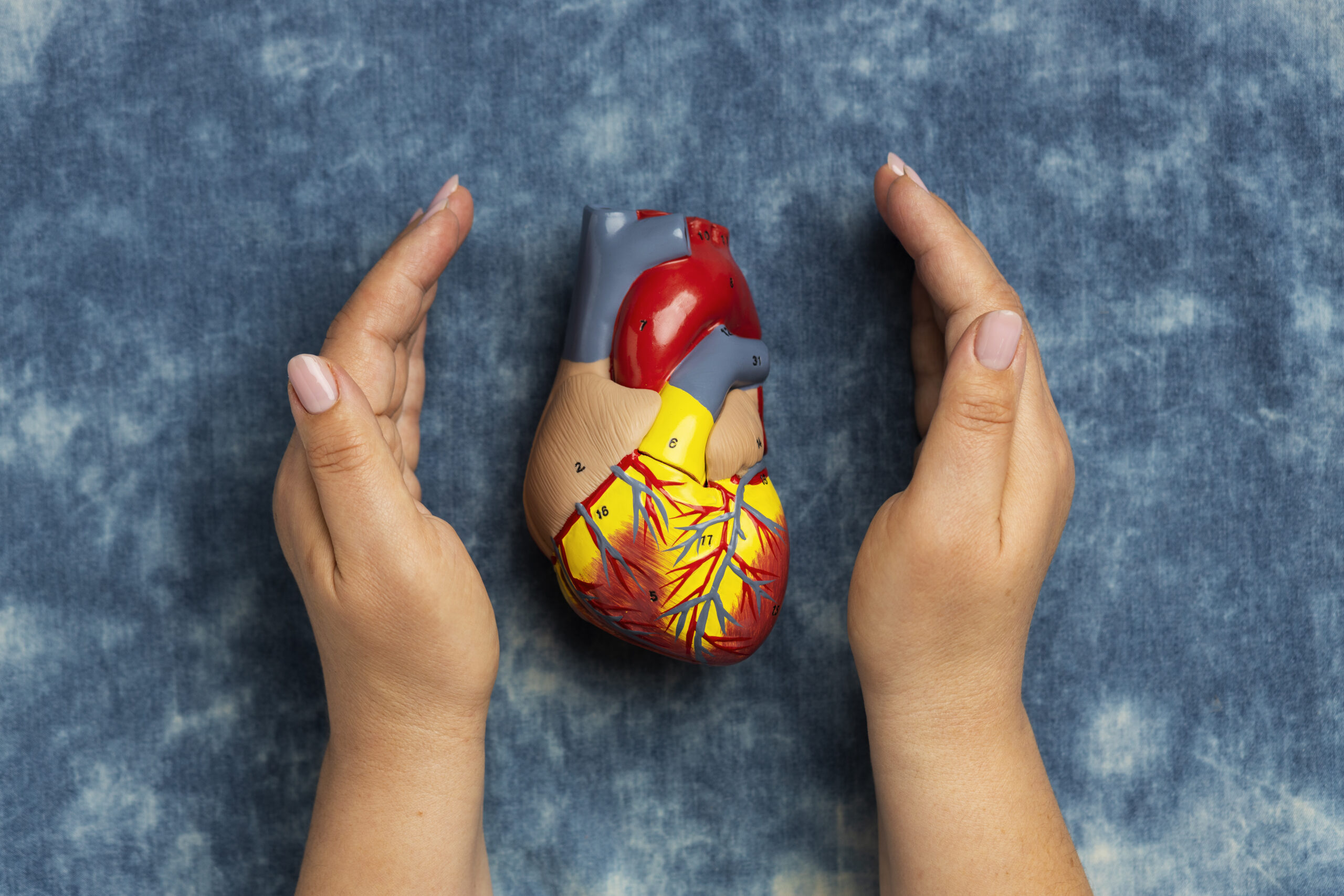
Remember that not every rupture of atherosclerotic plaque leads to a heart attack. A small crack may cause a clot to develop in the center of the plaque, i.e., in the artery wall and not in its lumen. It causes the atherosclerotic lesion to enlarge. Over time, such an atherosclerotic plaque gradually becomes fibrotic and strengthens (a strong cover is created, which protects it against rupture). In this way (despite the low risk of atherosclerotic plaque rupture), severe narrowing of the artery lumen and, consequently, impaired blood flow often results in the symptoms of ischemia described above. It is worth knowing that in the artery wall, there are atherosclerotic plaques at various stages of development.
The cause of the narrowing of the lumen of arteries is atherosclerotic plaque growing on their walls, which consists of, among others, cholesterol. Rupture and detachment of atherosclerotic plaque lead to the formation of a blood clot, which may result in a heart attack or stroke.
The development of atherosclerosis depends on many factors – both those that we can influence (modifiable) and those that cannot be modified.
Modifiable risk factors for atherosclerosis![]() include:
include:
Non-modifiable risk factors for atherosclerosis are
Complications of atherosclerosis also depend on which arteries are narrowed or blocked.
Complications of atherosclerosis![]() include:
include:
It is worth knowing that heart attack or stroke can also occur in people who have not previously experienced symptoms of atherosclerosis. It is because young atherosclerotic plaque has the greatest tendency to rupture.
An essential prevention element is healthy eating, including vegetables and fruits in your daily diet![]() . An invaluable component in preventing the disease development is regular physical exercise, which has a beneficial effect on the entire body. Diseases that accelerate the development of atherosclerosis, such as hypertension, diabetes and hypercholesterolemia, should be treated.
. An invaluable component in preventing the disease development is regular physical exercise, which has a beneficial effect on the entire body. Diseases that accelerate the development of atherosclerosis, such as hypertension, diabetes and hypercholesterolemia, should be treated.
Let's start by checking your blood cholesterol levels – total cholesterol![]() , “bad” LDL, and “good” HDL. If the result exceeds the norm (190 mg/dl total cholesterol), we may be at risk of atherosclerosis (a doctor assesses the risk).
, “bad” LDL, and “good” HDL. If the result exceeds the norm (190 mg/dl total cholesterol), we may be at risk of atherosclerosis (a doctor assesses the risk).

In the case of excess cholesterol in the blood, there is a pathological phenomenon of its deposition in the walls of blood vessels (atherosclerosis). When too much LDL lipoprotein and too little HDL circulates in the blood, atherosclerotic plaques build into the walls of the arteries, increasing the risk of coronary heart disease.
Elevated LDL cholesterol is widely recognized as one of the modifiable risk factors for coronary heart disease. You can prevent it by using both lipid-lowering drugs and proper nutrition.
When introducing a diet that aims to lower cholesterol levels, it is worth paying attention to the fats that we consume on a daily basis. They should provide a person with 30 to 35% of daily energy. Only 10% of them should be saturated fatty acids. We should supplement the remaining requirements by consuming high-quality vegetable fats, which are necessary for the proper functioning of the body. We can find them, among others: in olive oil, sea fish and high-quality soft margarines. The presence of fats in the diet is essential, but it is worth remembering that their quality matters.
People with atherosclerosis can eat meat. Choose lean cuts and eat small portions. Fish and poultry without skin are allowed, visible fat and skin should be removed, steamed, baked, stewed or grilled. Carbohydrates should constitute 60 percent of the energy value of the diet.
Limit simple sugars. You should eat more vegetables and fruit, reach for whole-grain cereal products, choose milk and dairy products with reduced fat content, and limit the consumption of sugar, sweets and alcohol. We should also avoid adding salt to food – replace salt with spices and herbs that will add a unique flavor to the dishes.
Recipes in the atherosclerotic diet should be prepared using thermal processing methods that do not require the addition of fat:
Patients should avoid frying, especially in deep fat. When composing meals, it is also significant to reduce the amount of sodium in the diet, which involves eliminating products with high salt content (processed food, salty snacks, fast food, canned products) and limiting the addition of salt to dishes.
Meals in the atherosclerotic diet should be based on colorful vegetables, fruits, whole grain products, low-fat dairy products, lean meat, fatty fish, seeds, and nuts. Including plant sources of protein in your diet, e.g., legumes, will be beneficial.
Modern dietary solutions help in making health-promoting changes. One of them is a mobile application that offers several types of diets. Its offer also includes the DASH diet, one of the recommended methods of diet therapy for atherosclerosis.
The atherosclerosis diet requires eliminating or radically limiting the supply of certain food products. It applies primarily to foods high in saturated fats, which increase the LDL cholesterol level in the blood. Its excess is deposited in the vessels, resulting in progressive atherosclerosis. What products should you exclude from your atherosclerosis diet?
Since atherosclerosis requires a cholesterol diet, fatty meats and cold cuts, offal, red meat, as well as fatty milk and dairy products, e.g., yellow cheese, blue cheese, processed cheese, cottage cheese, and cream, should be eliminated. Of course, specialists do not recommend fats of animal origin: butter, lard, bacon, and egg yolks (maximum 1-2 per week).
Patients with atherosclerosis should refrain from eating refined grain products (e.g., white bread, small groats, light pasta, white rice), sweets, salty snacks, and highly processed products. An anti-atherosclerotic diet should also exclude fast food. Confectionery products are not recommended, especially those containing significant amounts of fat. Give up alcohol, sweetened drinks, and nectars.
The appropriate lifestyle helps prevent it![]() . It concerns both the so-called primary and secondary prevention (e.g., carried out in people after a heart attack to prevent another heart attack). The principles of this lifestyle are:
. It concerns both the so-called primary and secondary prevention (e.g., carried out in people after a heart attack to prevent another heart attack). The principles of this lifestyle are:
The principles of anti-atherosclerosis prevention should be applied from an early age. The mother's lifestyle before conception and during pregnancy, as well as breastfeeding, are also significant for the subsequent prevention of the development of atherosclerosis in the child.
To prevent cardiovascular diseases, specialists recommend engaging in physical activity for at least 150 min/week. It can include moderate or high-intensity aerobic exercise or a combination of both. To maximize benefits, gradually increase to 300 min/week of moderate-intensity or 150 min/week of high-intensity training. Spread training 4-5 days a week, preferably every day.
Knowledge about atherosclerosis is constantly changing, new research is emerging, and existing views are being verified. It is believed that atherosclerosis develops irregularly – its development is not consistent, it may subside![]() , and lifestyle and medications may modulate its course.
, and lifestyle and medications may modulate its course.
Table of Contents
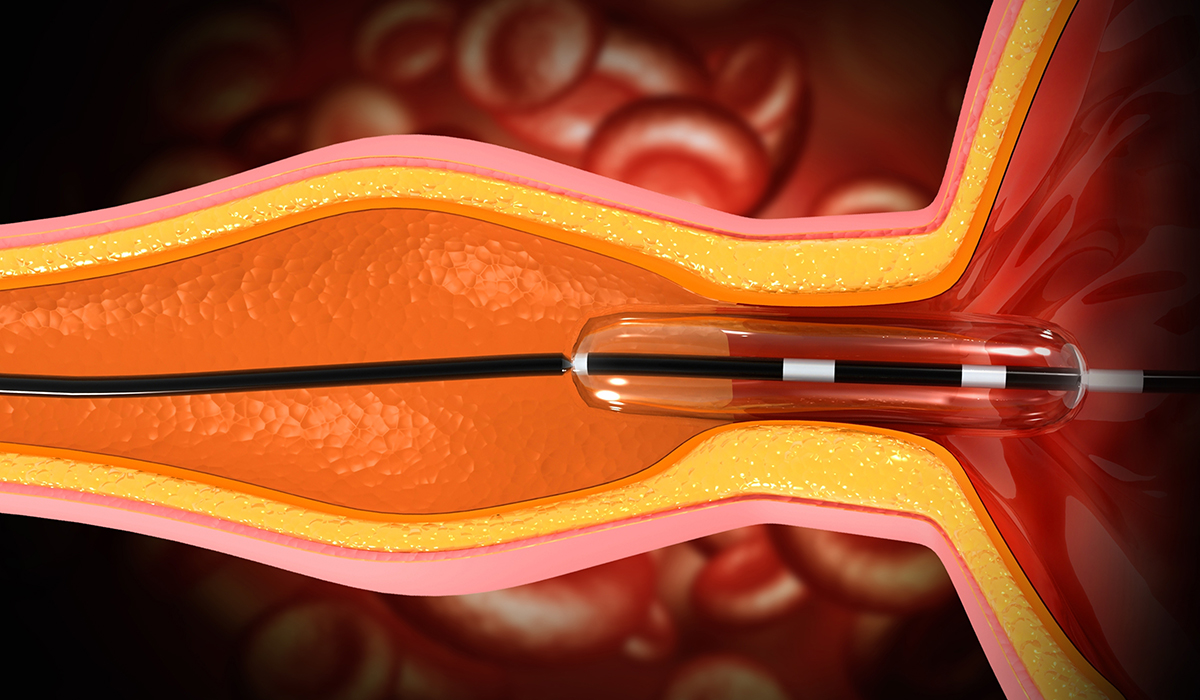
Angioplasty–in the medical world–is a procedure where the medical team widens narrow or blocked arteries. Customarily used to treat conditions… read more »
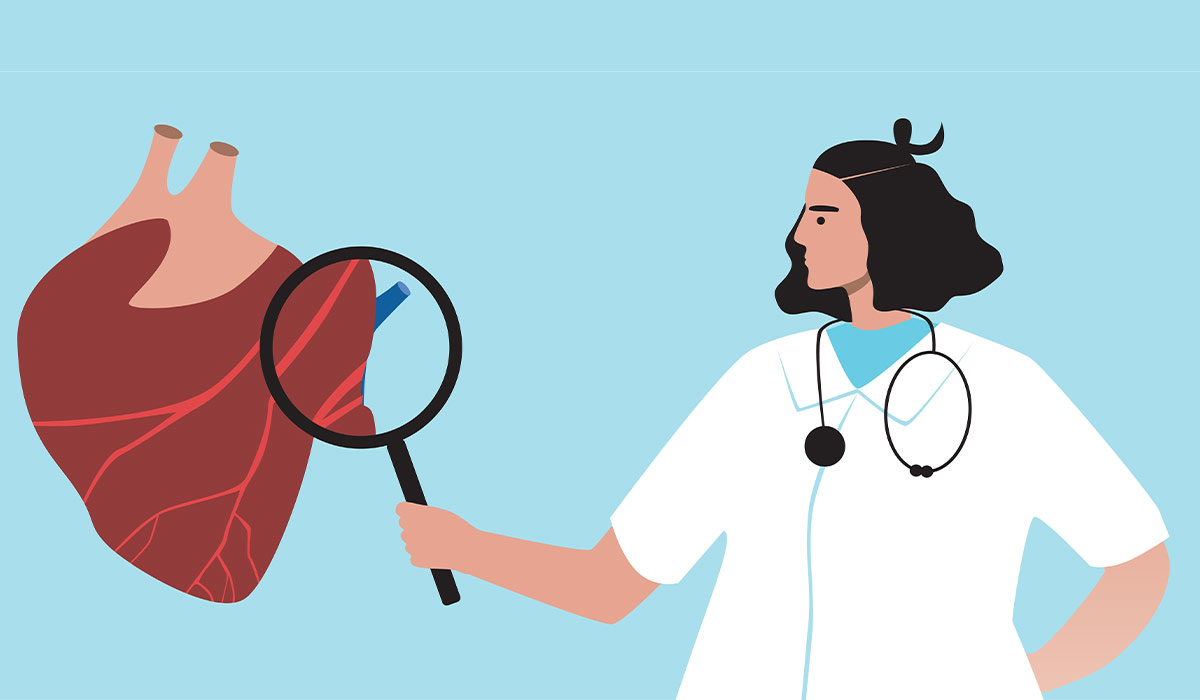
Angina pectoris is chest pain that occurs during exercise or stress. It is a symptom of the narrowing of the… read more »
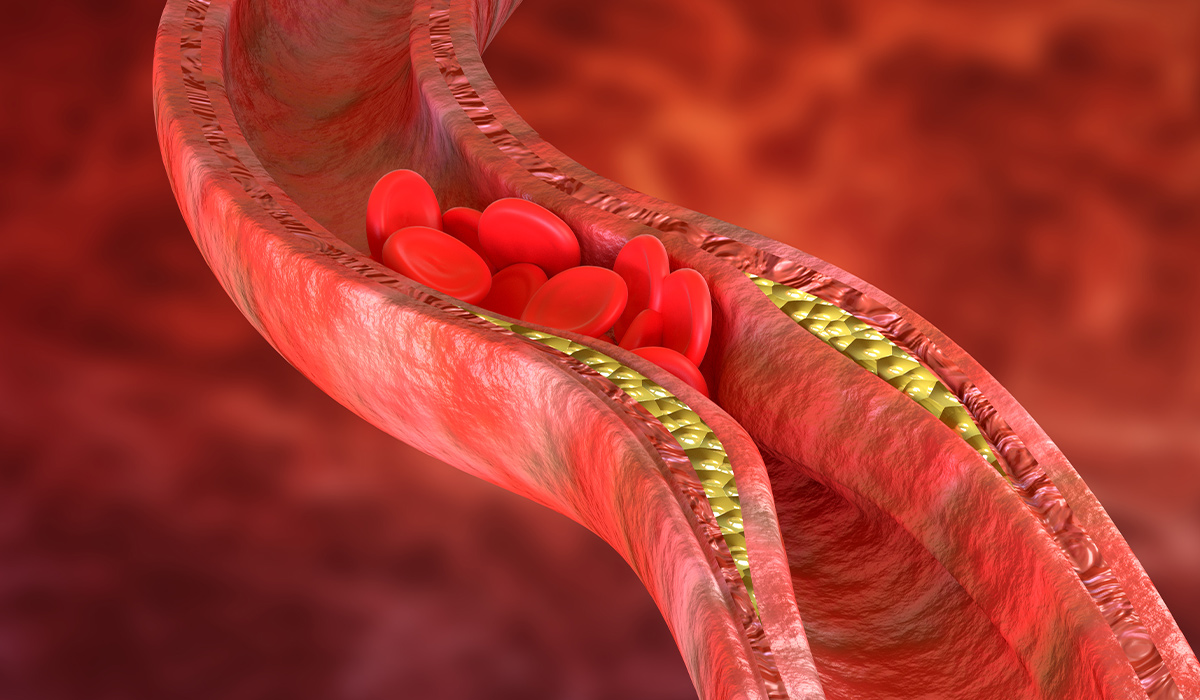
Cholesterol is essential for the human body. But its excess cause various health problems. Find out how to effectively lower… read more »
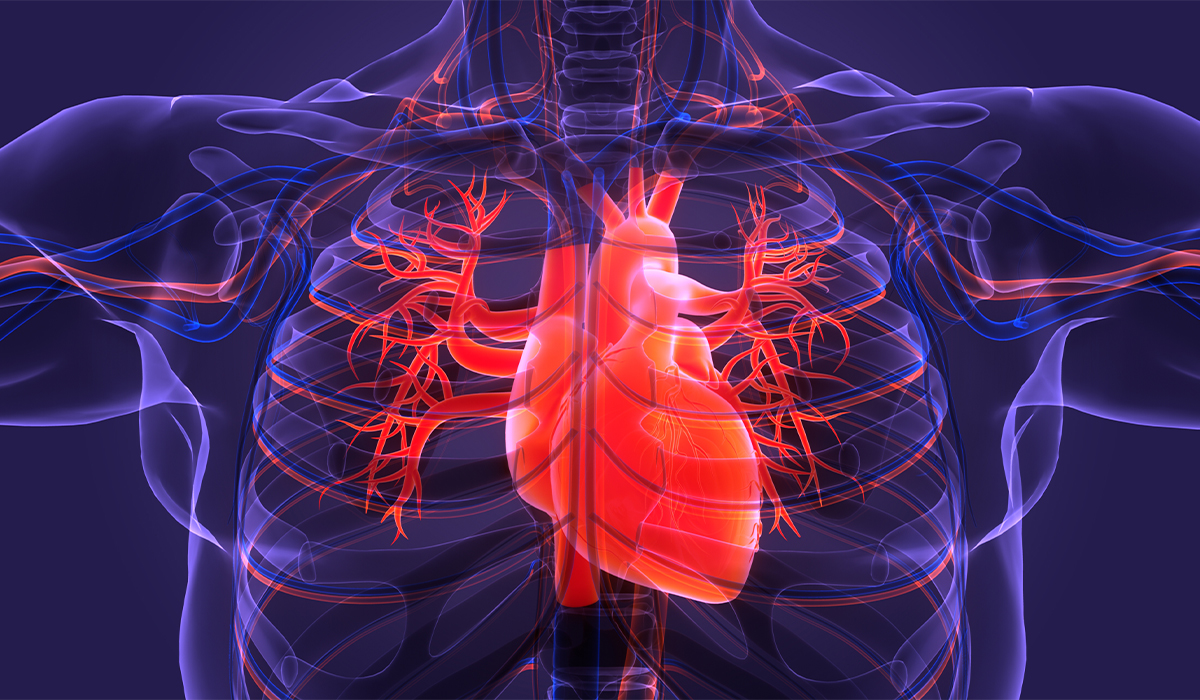
Angina is a disease characterized by paroxysmal chest pain. What are its causes? What is the diagnosis and treatment like? read more »
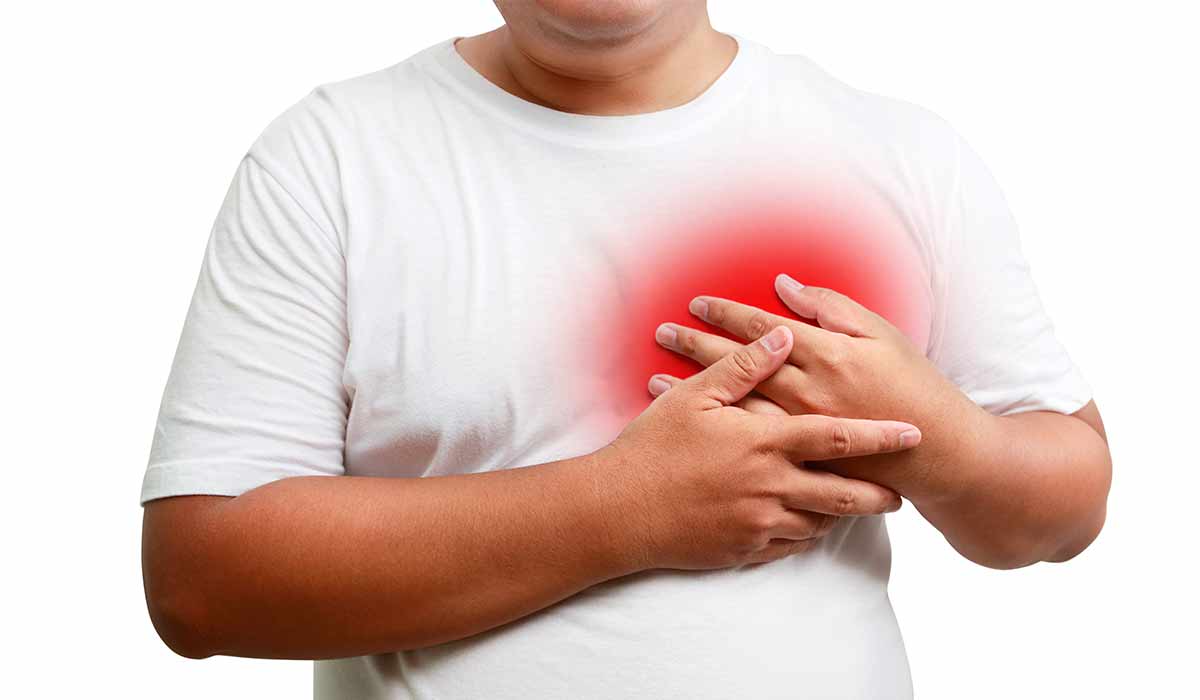
Hyperlipidemia is a disorder with high levels of lipids (cholesterol or triglycerides) in the blood. It can lead to serious… read more »
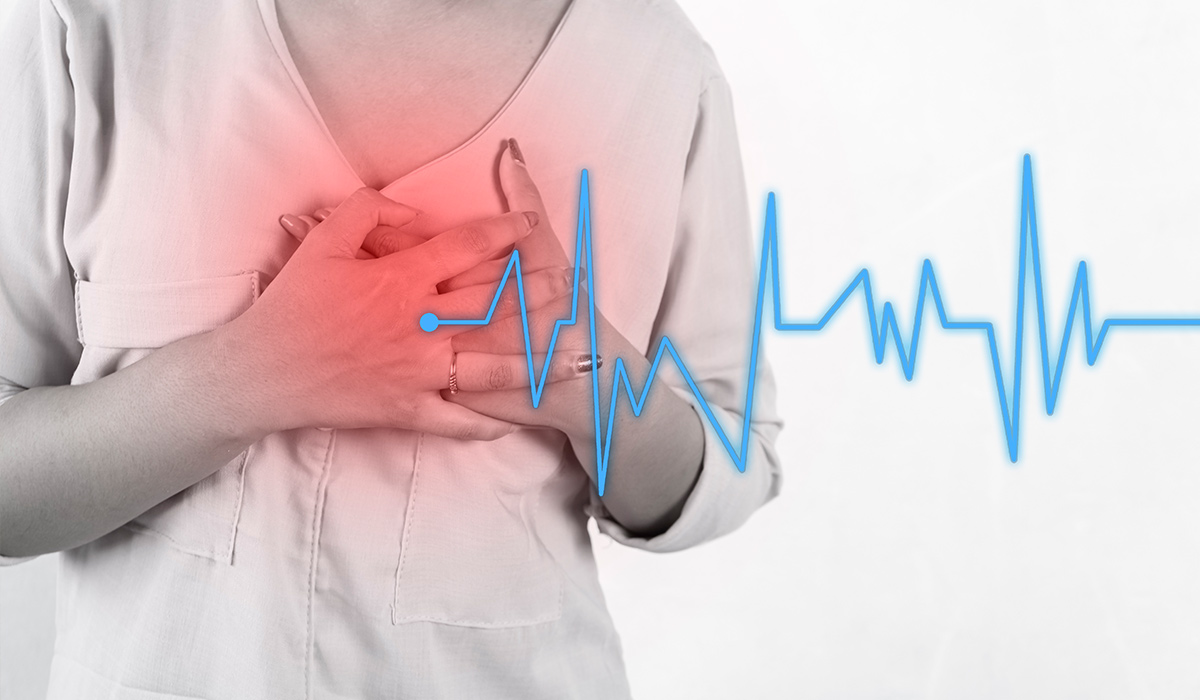
Myocardial infarction is one of the most common causes of death. The main symptom of a heart attack is chest… read more »

Do you know what to put in your diet to lower your cholesterol? Learn about 15 foods that effectively affect… read more »
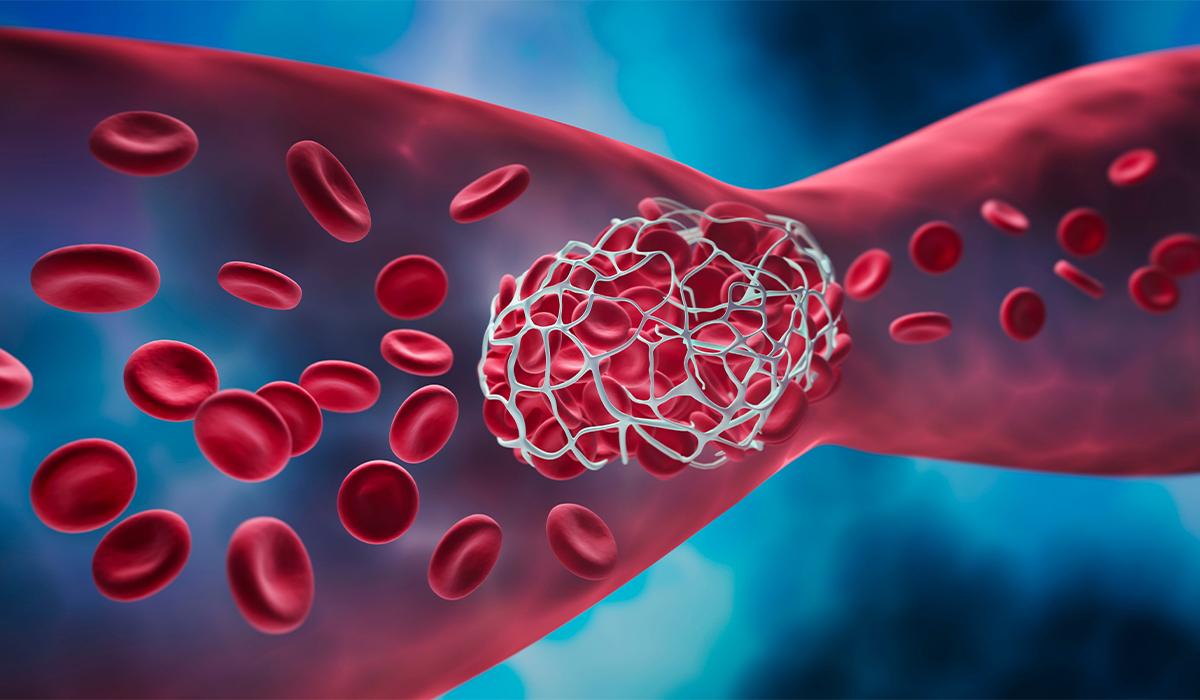
Thrombosis occurs when blood clots form inside blood vessels and partially or entirely limit blood flow. What are the symptoms?… read more »
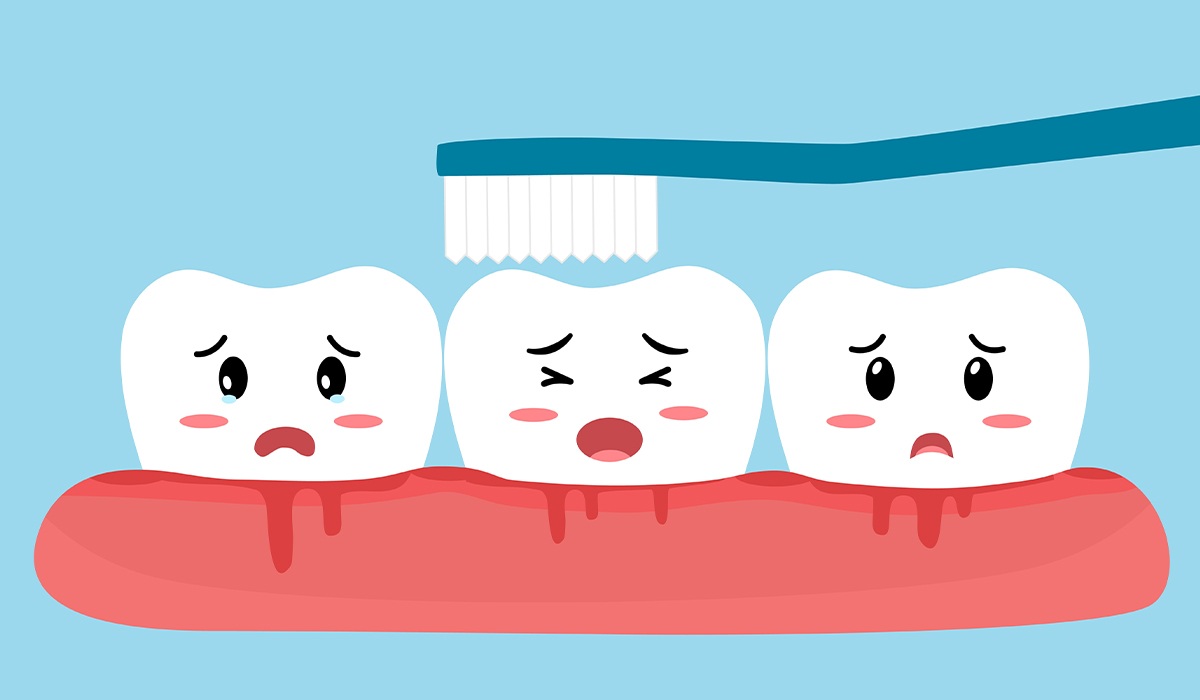
Gingivitis is a very common condition affecting the gums. It is a mild form of gum disease that causes bleeding… read more »